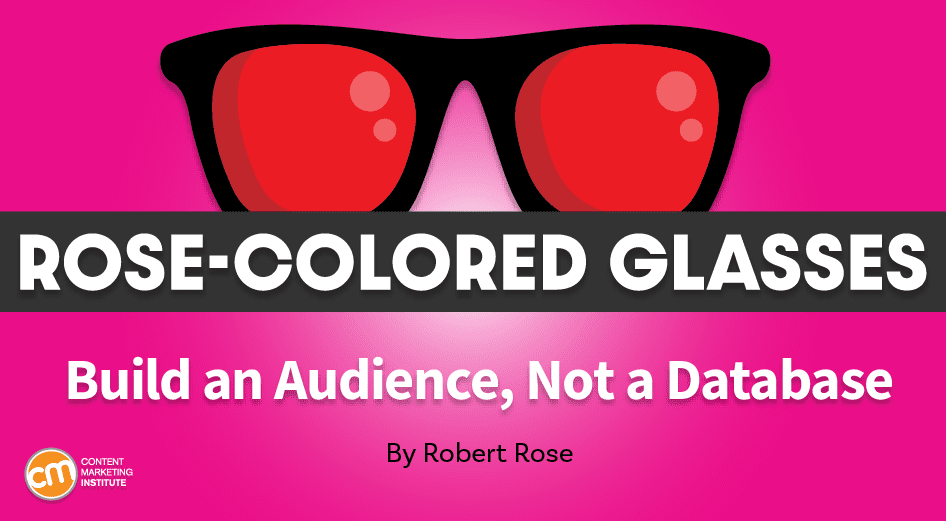When it comes to marketing, the importance of a well-maintained and strategically used database cannot be overstated. However, there is a common mistake that many marketers make: treating their marketing database as an audience rather than as a valuable resource.
What does it mean to treat a marketing database as an audience? It means that marketers often fail to see the potential of their database as a tool for personalization, segmentation, and targeted communication. Instead, they may send out blanket messages to their entire database, assuming that all of their contacts have the same interests and needs.
This mistake can be detrimental in several ways. Firstly, sending out generic messages can lead to high unsubscribe rates and low engagement. If a contact feels like they are receiving irrelevant content, they are more likely to tune out or even opt out of future communication.
Secondly, by failing to segment their database and personalize their messages, marketers miss out on the opportunity to create a more tailored and impactful experience for their contacts. Personalization has been proven to increase engagement and conversion rates, so neglecting this strategy can result in missed opportunities for growth and success.
So, how can marketers avoid this mistake and make the most out of their marketing database? The key is to start seeing your database as a valuable resource that can be leveraged for targeted and personalized communication.
One way to do this is through segmentation. By dividing your database into smaller, more targeted groups based on demographics, behavior, or interests, you can ensure that your messages are relevant to the recipients. This can lead to higher engagement and conversion rates as well as improved relationships with your contacts.
In addition to segmentation, using data to personalize your messages can make a significant impact. By utilizing the information in your database to address contacts by name, reference their past interactions with your brand, or tailor your messaging to their specific needs, you can create a more impactful and meaningful experience for your contacts.
Finally, it’s essential to continuously update and maintain your database to ensure its accuracy and relevance. This may involve regularly cleaning out outdated or incorrect information, as well as keeping track of your contacts’ preferences and behaviors to inform your future communication.
In conclusion, treating your marketing database as an audience is a mistake that can hinder the success of your marketing efforts. By recognizing the value of your database and using it as a resource for personalized and targeted communication, you can create a more impactful and engaging experience for your contacts, ultimately leading to better results for your marketing efforts.
